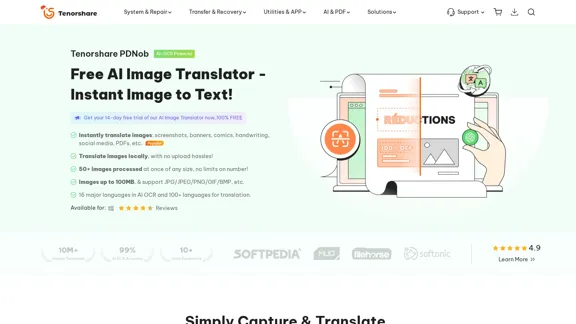The Chrome Web Store is a platform for discovering, installing, and managing extensions and themes for the Google Chrome browser. It offers users a vast collection of tools and designs to customize their browsing experience, all accessible through a user-friendly interface.
Chrome Web Store
Enhance your browser with new features and customize your browsing experience.
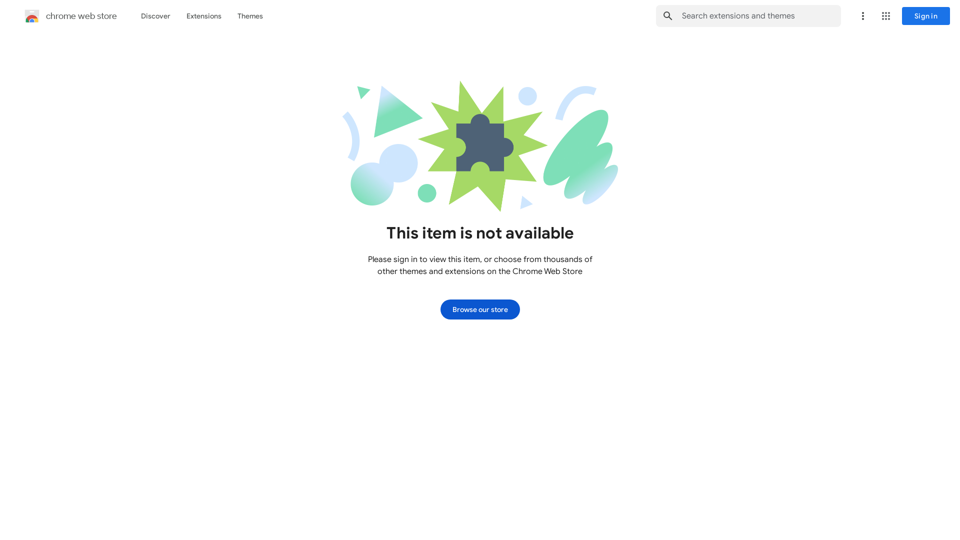
Introduction
Feature
Easy Discovery and Installation
Browse through thousands of extensions and themes, categorized for easy discovery. Install your chosen add-ons with just a few clicks, streamlining the customization process.
User Reviews and Ratings
Make informed decisions by reading reviews and ratings from other users before installing extensions or themes.
Seamless Management
Easily manage your installed extensions and themes directly from the Chrome settings page, ensuring a clutter-free browsing experience.
Free to Use
Access the Chrome Web Store and its features at no cost, with no subscription fees or charges for installing and managing extensions and themes.
Secure Platform
The Chrome Web Store maintains strict guidelines for developers, ensuring the safety and security of users' data.
Regular Updates
Stay up-to-date with the latest features and security patches through regular updates for extensions and themes.
FAQ
How do I access the Chrome Web Store?
Sign in to your Google account to access the Chrome Web Store and manage your extensions and themes.
What's the process for installing an extension or theme?
Simply click the "Add to Chrome" button on the extension or theme's page and follow the prompts to complete the installation.
How can I manage my installed extensions and themes?
Navigate to the Chrome settings page and click on "Extensions" to view and manage your installed add-ons.
Is there a cost associated with using the Chrome Web Store?
No, the Chrome Web Store is completely free to use, with no charges for installing or managing extensions and themes.
What precautions should I take when using the Chrome Web Store?
Always read reviews and ratings before installing, be cautious with unknown sources, and regularly check for updates to ensure smooth operation of your extensions and themes.
Latest Traffic Insights
Monthly Visits
193.90 M
Bounce Rate
56.27%
Pages Per Visit
2.71
Time on Site(s)
115.91
Global Rank
-
Country Rank
-
Recent Visits
Traffic Sources
- Social Media:0.48%
- Paid Referrals:0.55%
- Email:0.15%
- Referrals:12.81%
- Search Engines:16.21%
- Direct:69.81%
Related Websites
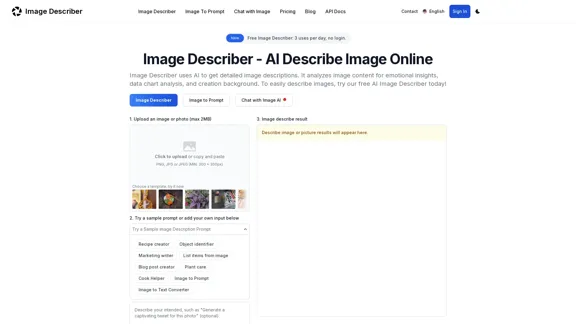
Image Describer - Free AI to Describe Images Online (No Login Required)
Image Describer - Free AI to Describe Images Online (No Login Required)Discover AI-Powered Image Descriptions with Image Describer. Gain Instant Insights and Unlock New Perspectives and Efficiency for Your Work and Creations. Join Us Today!
25.53 K
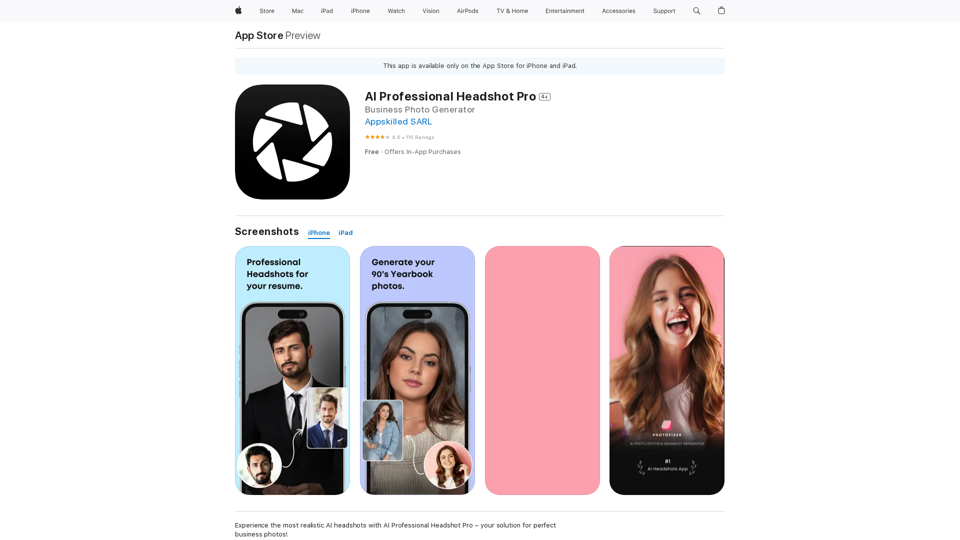
Introducing AI Professional Headshot Pro, the ultimate AI headshot generator designed to create stunning AI headshots and business photos effortlessly.
124.77 M
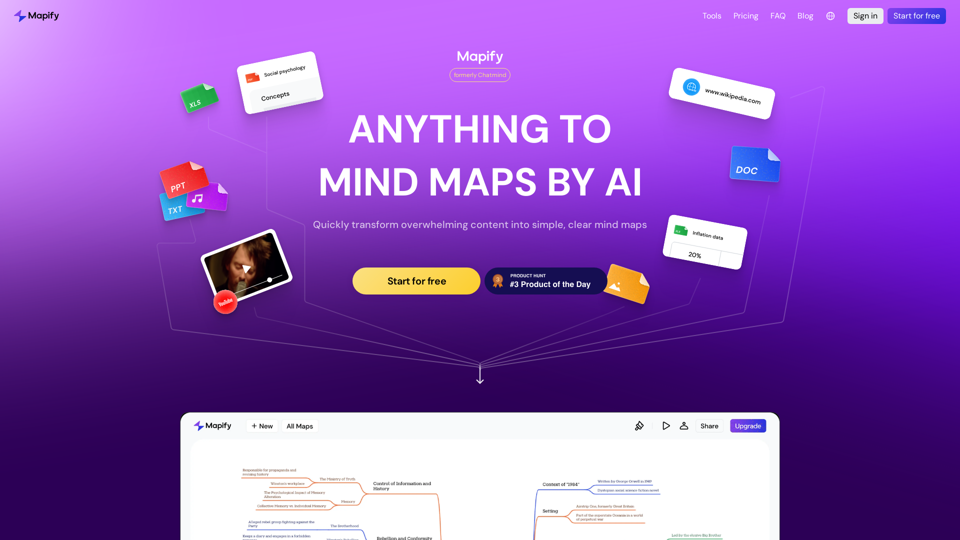
Mapify: Transform Anything to Mind Maps by AI, formerly Chatmind
Mapify: Transform Anything to Mind Maps by AI, formerly ChatmindMapify, upgraded from Chatmind by the Xmind Team, is a free online mind mapping and brainstorming tool powered by AI. It can summarize PDF, Word, PowerPoint, YouTube, long text, and images into mind maps in just a few minutes.
1.15 M
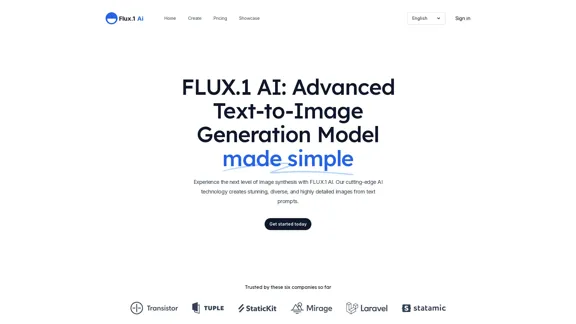
FLUX.1 AI: Advanced Text-to-Image Generation Model
FLUX.1 AI: Advanced Text-to-Image Generation ModelExperience the next level of image synthesis with FLUX.1 AI. Our cutting-edge AI technology creates stunning, diverse, and highly detailed images from text prompts.
152
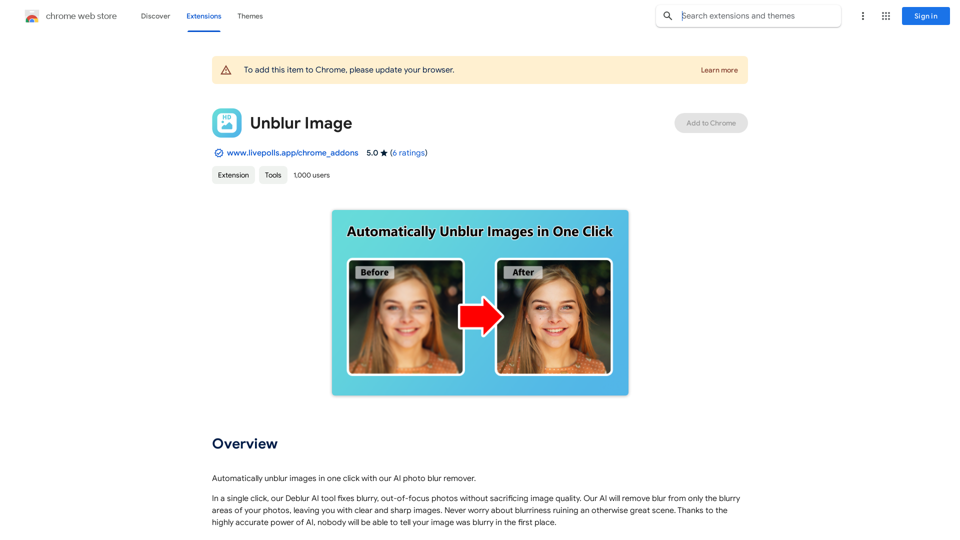
Unblur Image Unblur image refers to the process of removing blur or haze from an image to make it sharper and clearer. This technique is often used to enhance the quality of images that have been affected by camera shake, motion blur, or other factors that cause blur.
Unblur Image Unblur image refers to the process of removing blur or haze from an image to make it sharper and clearer. This technique is often used to enhance the quality of images that have been affected by camera shake, motion blur, or other factors that cause blur.Automatically unblur images in one click with our AI photo blur remover.
193.90 M
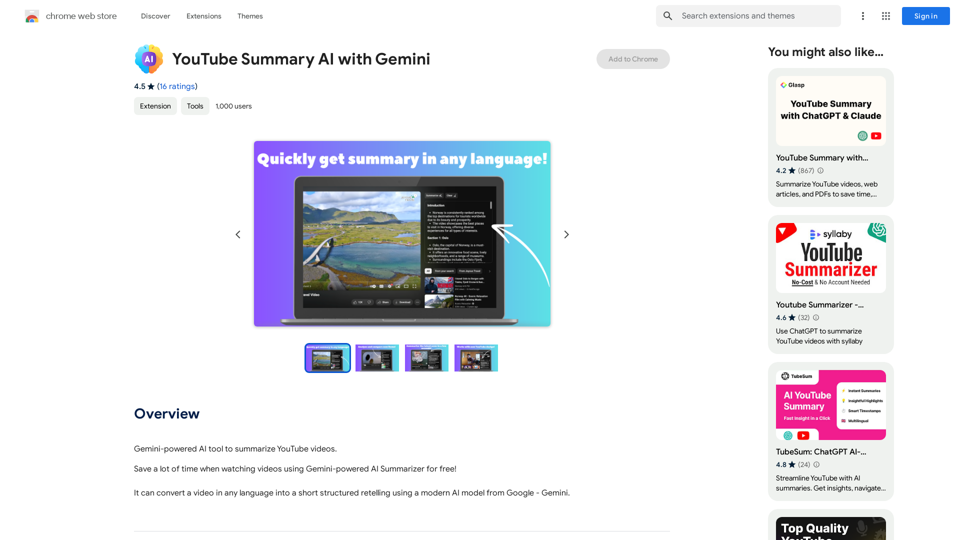
YouTube Summary AI with Gemini Gemini, Google's powerful new AI, is making waves in the world of YouTube. Imagine a future where YouTube videos automatically generate concise and informative summaries. That's exactly what Gemini aims to achieve. By leveraging its advanced language understanding capabilities, Gemini can analyze video content and extract key points, creating summaries that capture the essence of the video. This means viewers can quickly grasp the main ideas without having to watch the entire video. Gemini's potential applications extend beyond simple summaries. It could also be used to: * Generate captions: Automatically create accurate captions for videos, making them accessible to a wider audience. * Translate videos: Break down language barriers by translating videos into different languages. * Create interactive experiences: Enable viewers to engage with videos in new and innovative ways through interactive summaries and quizzes. Gemini's arrival on YouTube promises to revolutionize the way we consume and interact with video content.
YouTube Summary AI with Gemini Gemini, Google's powerful new AI, is making waves in the world of YouTube. Imagine a future where YouTube videos automatically generate concise and informative summaries. That's exactly what Gemini aims to achieve. By leveraging its advanced language understanding capabilities, Gemini can analyze video content and extract key points, creating summaries that capture the essence of the video. This means viewers can quickly grasp the main ideas without having to watch the entire video. Gemini's potential applications extend beyond simple summaries. It could also be used to: * Generate captions: Automatically create accurate captions for videos, making them accessible to a wider audience. * Translate videos: Break down language barriers by translating videos into different languages. * Create interactive experiences: Enable viewers to engage with videos in new and innovative ways through interactive summaries and quizzes. Gemini's arrival on YouTube promises to revolutionize the way we consume and interact with video content.AI tool powered by Gemini that summarizes YouTube videos.
193.90 M
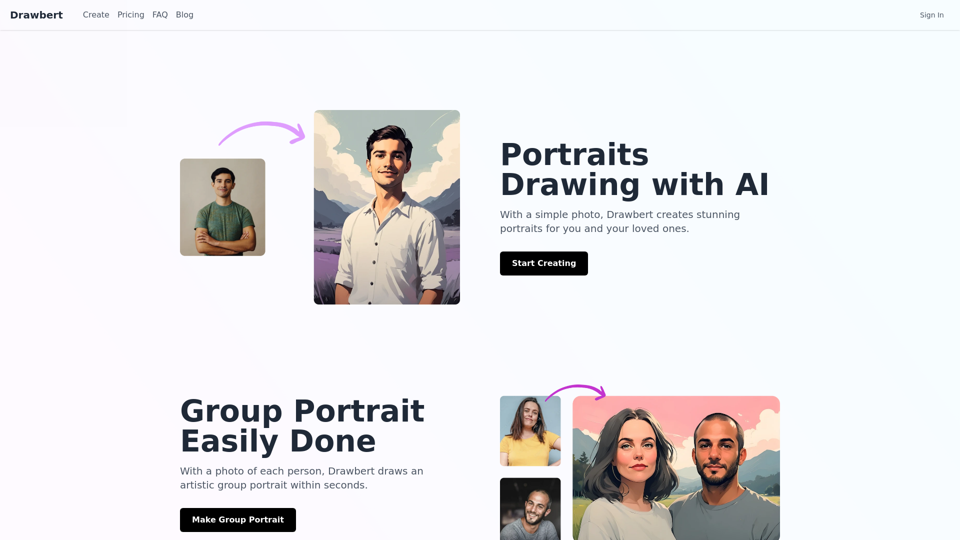
Drawbert creates beautiful paintings for you within seconds and at low cost. You can choose from watercolor, sketch, oil painting, comic, cartoon, caricature and more styles, plus the option to customize the painting to your liking.
0
